I'm developing a game similar to Pacman: consider this maze:
Each white square is a node from the maze where an object located at P, say X, is moving towards node A in the right-to-left direction. X cannot switch to its opposite direction unless it encounters a dead-end such as A. Thus the shortest path joining P and B goes through A because X cannot reverse its direction towards the rightmost-bottom node (call it C). A common A* algorithm would output:
to get to B from P first go rightward, then go upward;
which is wrong. So I thought: well, I can set the C's visited attribute to true before running A* and let the algorithm find the path. Obviously this method doesn't work for the linked maze, unless I allow it to rediscover some nodes (the question is: which nodes? How to discriminate from useless nodes?). The first thinking that crossed my mind was: use the previous method always keeping track of the last-visited cell; if the resulting path isn't empty, you are done. Otherwise, when you get to the last-visited dead-end, say Y, (this step is followed by the failing of A*) go to Y, then use standard A* to get to the goal (I'm assuming the maze is connected). My questions are: is this guaranteed to work always? Is there a more efficient algorithm, such as an A*-derived algorithm modified to this purpose? How would you tackle this problem? I would greatly appreciate an answer explaining both optimal and non-optimal search techniques (actually I don't need the shortest path, a slightly long path is good, but I'm curious if such an optimal algorithm running as efficiently as Dijkstra's algorithm exists; if it does, what is its running time compared to a non-optimal algorithm?)
EDIT For Valdo: I added 3 cells in order to generalize a bit: please tell me if I got the idea:


